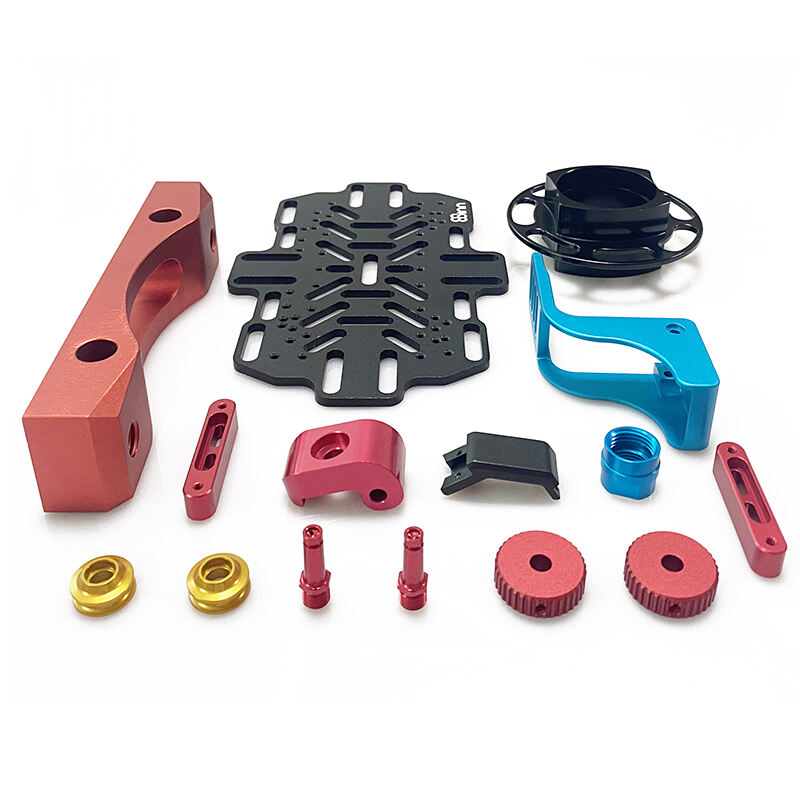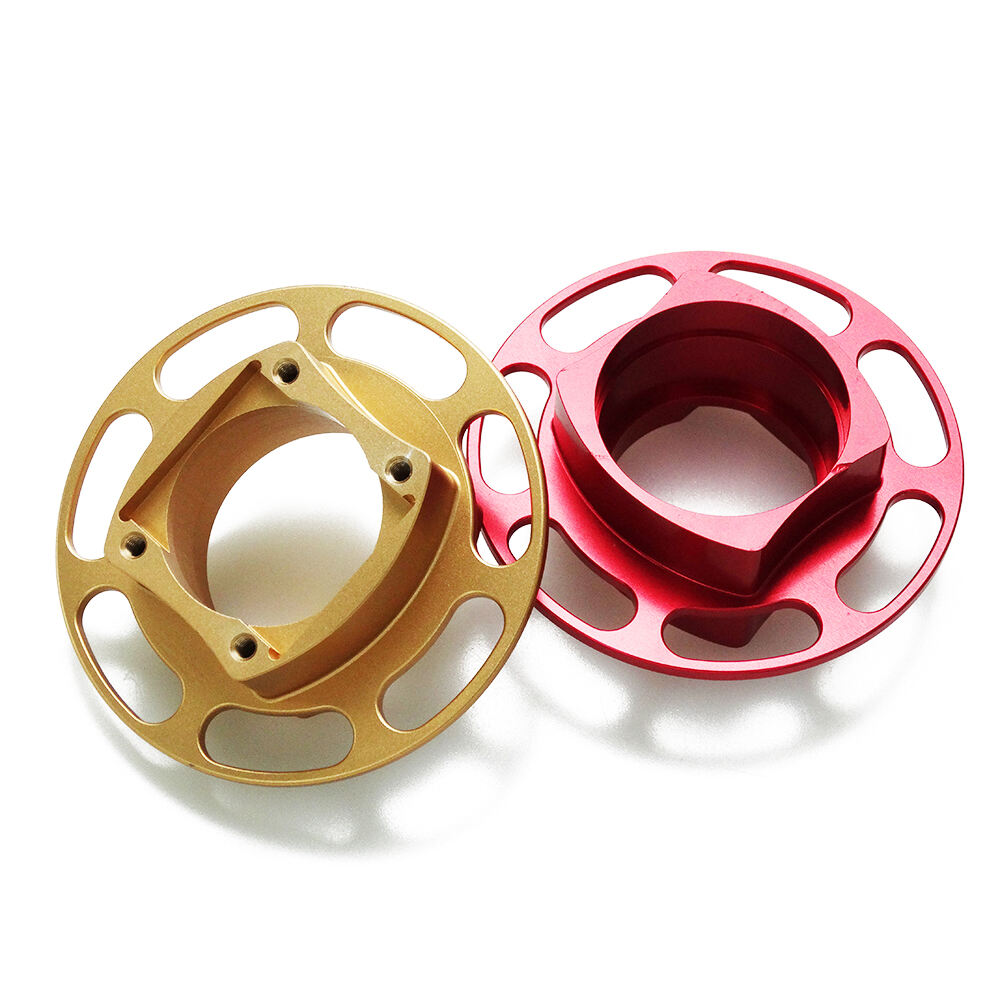Jan 22,2025
5-Axis CNC machining refers to the ability of a CNC machine to simultaneously move a workpiece along five different axes, significantly enhancing its capabilities over traditional machining methods. Unlike the standard 3-axis CNC machines, which operate along the X, Y, and Z axes, 5-axis machines include additional rotational axes, such as A and B or B and C. These extra axes enable complex maneuvers, allowing the cutting tool to reach nearly any part of the workpiece, much like a gymnast twisting and turning.
The workings of 5-Axis CNC machining involve the integration of advanced software and hardware, enabling access to complex geometries with high precision. This system typically navigates tools across multiple planes and can include both rotation and tilt, accommodating intricate designs. The capability to work from various angles without needing to reposition either the tool or the material significantly streamlines processes and boosts accuracy.
There are key differences between 3-Axis and 5-Axis machining, particularly in movement and efficiency. While a 3-axis machine only maneuvers straight cuts along three directions, a 5-axis machine can perform more complex tasks, enhancing machining capacity, speed, and precision. According to a study from Modern Machine Shop, utilizing 5-axis machining can reduce manufacturing time by up to 25%, underscoring its efficiency and cost-effectiveness in modern manufacturing.
5-Axis CNC machining offers enhanced precision and accuracy, crucial elements for intricate designs and tight tolerances across various industries. This advantage is supported by research from the National Institute of Standards and Technology, emphasizing the machine's ability to meet high precision requirements. The additional axes allow for complex geometries that are otherwise challenging to achieve, enabling industries like aerospace and medical manufacturing to produce essential components with microscopic precision.
Another significant benefit is the reduction in setup time, which directly translates to increased productivity. Traditional CNC machines often require multiple setups to machine a part from different angles. However, with 5-axis CNC machining, the ability to move along multiple axes means that parts can be machined in a single setup. This not only saves time but also reduces the potential for human error, streamlining the production process significantly and enhancing operational efficiencies.
An improved surface finish is another advantage provided by 5-axis CNC machining. This is achieved through the machine's ability to approach the workpiece from various angles, minimizing tool marks. As cutting tools can access the workpiece from optimal angles, the machining process results in smoother contours and less need for post-processing work. Manufacturers often cite this benefit as a key factor in reducing production costs while maintaining high-quality standards in finished components.
Different configurations of 5-axis CNC machines cater to varied manufacturing needs, offering unique advantages. The Head/Head configuration stands out with its two rotary axes located in the spindle head. This setup enhances precision, making it ideally suited for producing complex, detailed components often required in aerospace and medical fields. The versatility of head movement allows operators to achieve intricate machining angles without repositioning the workpiece.
Alternatively, the Head/Table configuration features a fixed head and a rotating table, which is particularly beneficial for tasks where the workpiece needs to remain stationary. This setup not only supports machining larger parts but also provides robust stability, essential for high-precision tasks. Manufacturers favor this configuration for its ability to handle heavier workpieces while ensuring consistent accuracy.
In contrast, the Table/Table configuration incorporates two rotary tables, a design commonly employed in high-volume production runs. This arrangement fosters an efficient workflow by reducing setup times and enabling parallel operations, although it may require more significant space and complex setup procedures. Such a configuration is advantageous in industries where throughput and operational efficiency are paramount, such as automotive manufacturing.
5-axis CNC machining finds significant applications across various industries due to its capability to produce intricate parts with high precision and efficiency. In the aerospace industry, 5-axis CNC machines are essential for manufacturing components that require exceptional precision to meet stringent safety standards. These machines efficiently produce complex parts, such as turbine blades and brackets, which are crucial to flight performance and reliability.
In medical equipment manufacturing, the precision and accuracy of 5-axis CNC machining are invaluable. This technology facilitates the creation of complex shapes and maintains the strict tolerances required for surgical instruments and implants. The ability to machine sophisticated geometries ensures that medical devices meet the high standards necessary for effective patient care.
Similarly, the energy sector benefits greatly from 5-axis CNC machining, especially in producing components for gas and wind turbines. The technique allows for the creation of parts that demand high efficiency and durability. By enabling complex geometries to be machined with precision, it enhances performance and reliability in energy production systems. Such capabilities make 5-axis CNC machining indispensable in the advancement of energy technologies.
Custom CNC machined parts are increasingly popular due to their ability to provide tailored solutions for varied industrial needs. From the automotive industry to healthcare, these parts allow manufacturers to meet specific client demands with exceptional precision. The versatility of materials such as aluminum, brass, and stainless steel ensures that industries receive robust, high-quality components designed for unique applications.

Professional OEM services offer businesses an efficient way to manage manufacturing needs, providing precision and quality while reducing costs. This service is vital in producing custom 5-axis CNC machined parts that are both aesthetically pleasing and durable. Industries benefit from outsourcing these complex processes, focusing on their core operations while ensuring their products meet high standards.

Investing in 5-Axis CNC machining comes with several challenges, notably the high initial costs. The sophisticated equipment needed for this type of machining can represent a significant capital investment, often ranging from $10,000 to $500,000. This high cost can be a barrier for many businesses, particularly small and medium enterprises, looking to adopt this advanced manufacturing technology.
Programming complexity is another hurdle in 5-Axis CNC machining. This complexity stems from the need to understand both the software intricacies and the simultaneous movements on five different axes. Developing the necessary skill set to efficiently program and operate 5-axis machines is no small feat, as it requires a deep understanding of both mechanical and digital processes involved to ensure precision and minimize errors.
Furthermore, higher requirements for operators of 5-Axis CNC machines necessitate considerable investment in training and skilled labor. Companies must ensure their workforce is adequately trained to harness the full capabilities of these machines. This ongoing need for skill enhancement can significantly drain resources, impacting the overall cost structure and pricing strategies within an organization.
The future of 5-Axis CNC machining looks promising, with ongoing advancements in technology and fabrication processes expected to significantly enhance its application across various industries. As these innovations continue to develop, they will likely enable more complex and precise manufacturing capabilities, further solidifying the key role of 5-Axis CNC machining in production and fabrication environments.